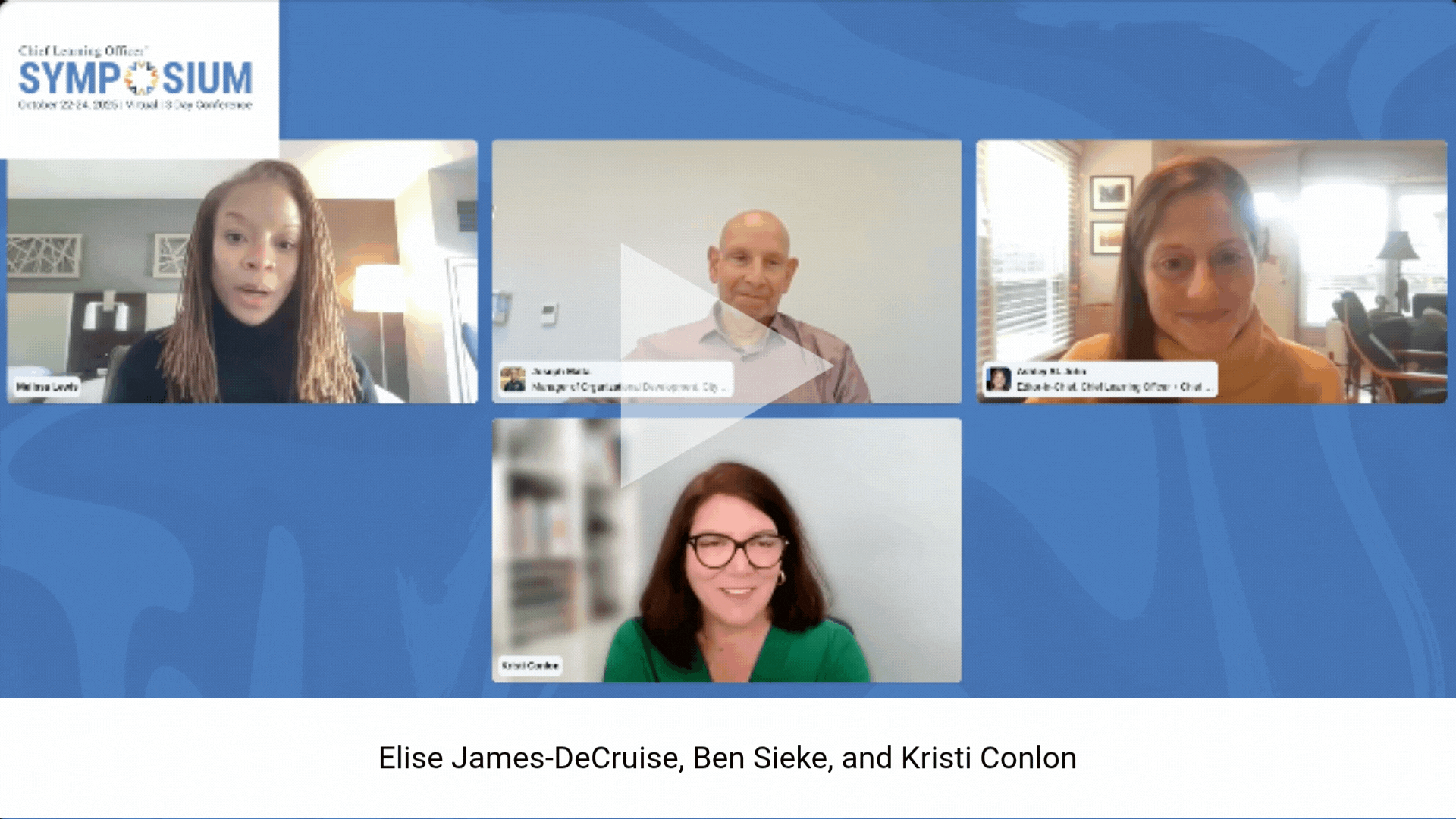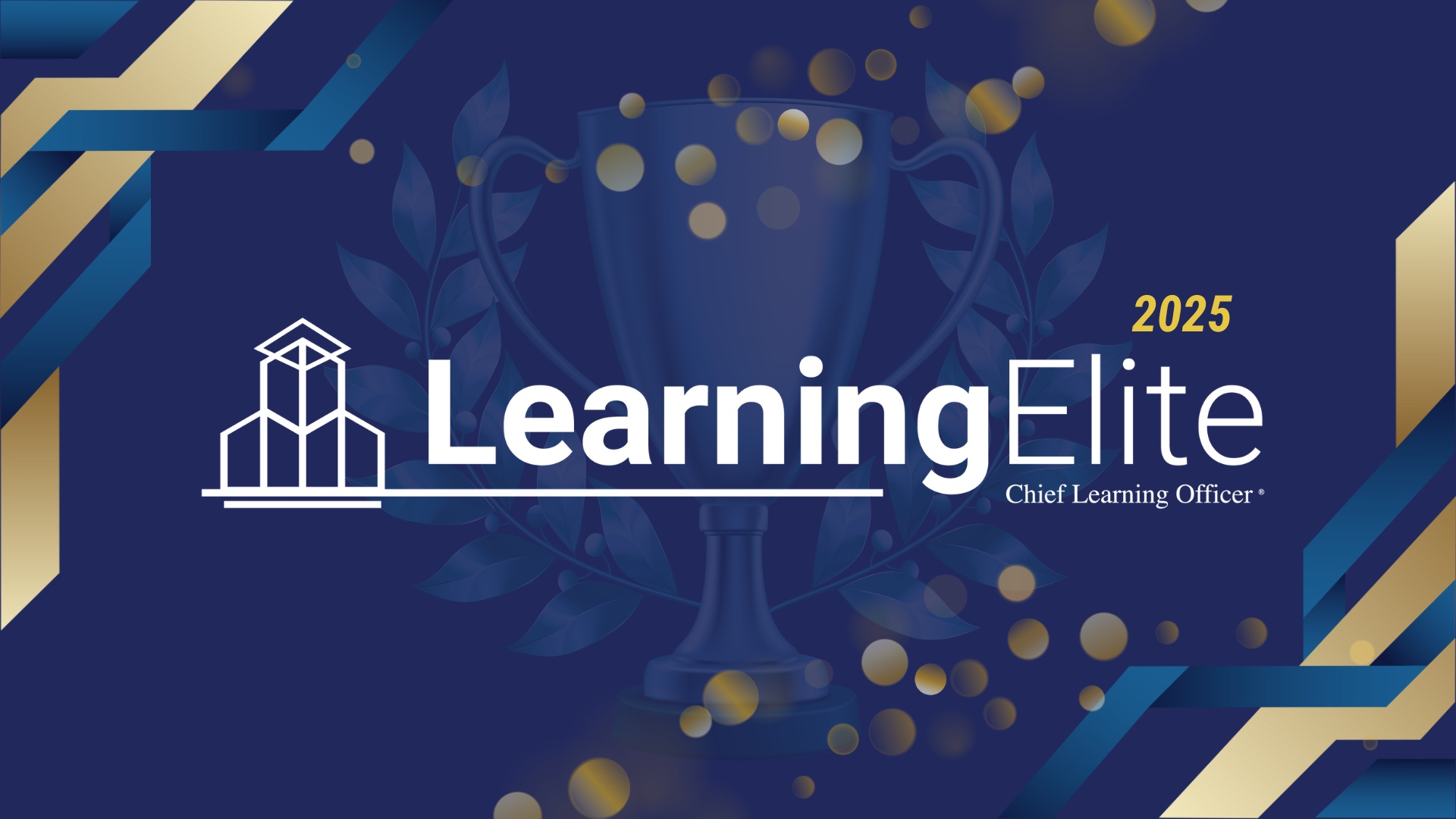Employees come. They go. Sometimes they come back. Often they don’t. The rise of the contingent workforce, the ranks of which are filled with increasing numbers of men and women working for “Me Inc.,” is changing business demographics around the world.
Seventy-five percent of respondents in Korn Ferry Futurestep’s January 2017 “Talent Forecast,” a global talent acquisition leader survey, report using contingent workers on a regular or as-needed basis, and those numbers are rising.
Blame it on today’s dynamic business environment. Fueled by ever-greater globalization and near-constant technological innovation, it’s easier than ever to work on a per-project or contract basis across a wide range of industries. Or, don’t blame anything all. The rise of the gig economy may present new challenges for businesses and learning leaders, but it’s also creating new opportunities to capitalize on the skills and perspectives transient workers bring to each project.
To support their ongoing efforts to align workforce development with business goals, chief learning officers can do several things to maximize independent contractors’ value, for the organization and for the workers themselves. They can:
- Reframe the development conversation around contingent labor. Contractors are not full-time employees, and they should not be treated like ones, but they’re also more than just another pair of hands. Learning leaders may not be able to budget for professional development for contingent workers, but they should consider shorter-term product or project-specific initiatives to optimize their contributions. This might mean facilitating job-shadowing days if, for instance, a contract writer needs to quickly develop a better understanding of the business. It could mean holding roundtable sessions for IT contractors to collect feedback from users on a new system they’re managing.
- Create flexible alternatives. Team up with the CHRO to develop strategies that support independent contractors’ desire to work from home, or those that make it more flexible for them to achieve better work-life balance. These people often have their pick of projects. Why would they move for a job in San Francisco when another gig allows them to work from home in Austin? What virtual platforms are in place, or could be put in place, to better facilitate meetings, trainings, workshops, etc., for independent contractors working remotely? Leaders also need to ask the question, does the contractor really need to be onsite? Would a light travel schedule be better and more cost effective?
- Facilitate knowledge-sharing sessions. Think about the time contingent workers have had to dedicate to their particular skill-set and their broad perspectives on a particular industry or sector. Don’t miss the chance to create opportunities for full-time employees to meet and network with these contingent workers, absorbing what they can in terms of best practices and market trends. Whether that means setting up lunches or meetings to ensure knowledge transfer in a more hands-on way, or merely interspersing the desks of contingent workers with those of full-time employees to let it happen organically, the arrival en masse of independent contractors provides an exciting learning opportunity for full-time employees.
As freelancers, consultants and contractors become more prevalent, it’s important to keep in mind that the gig economy will not fully replace traditional models of work. The key is to adopt a blended approach to talent acquisition, management and development. That approach should incorporate campus, contingent workers and full-time employees.
While the goal — for full-time workers and independent contractors — is to get the most out of employees, chief learning officers need to take a different, more short-term and project-focused approach when it comes to developing and implementing learning and development initiatives to support contingent workers.
Andrés Tapia is a senior client partner and solutions leader for the workforce performance, inclusion and diversity practice for Korn Ferry. Jacob Zabkowicz is vertical leader, life sciences, for the Futurestep division of Korn Ferry. Comment below, or email editor@CLOmedia.com.

















